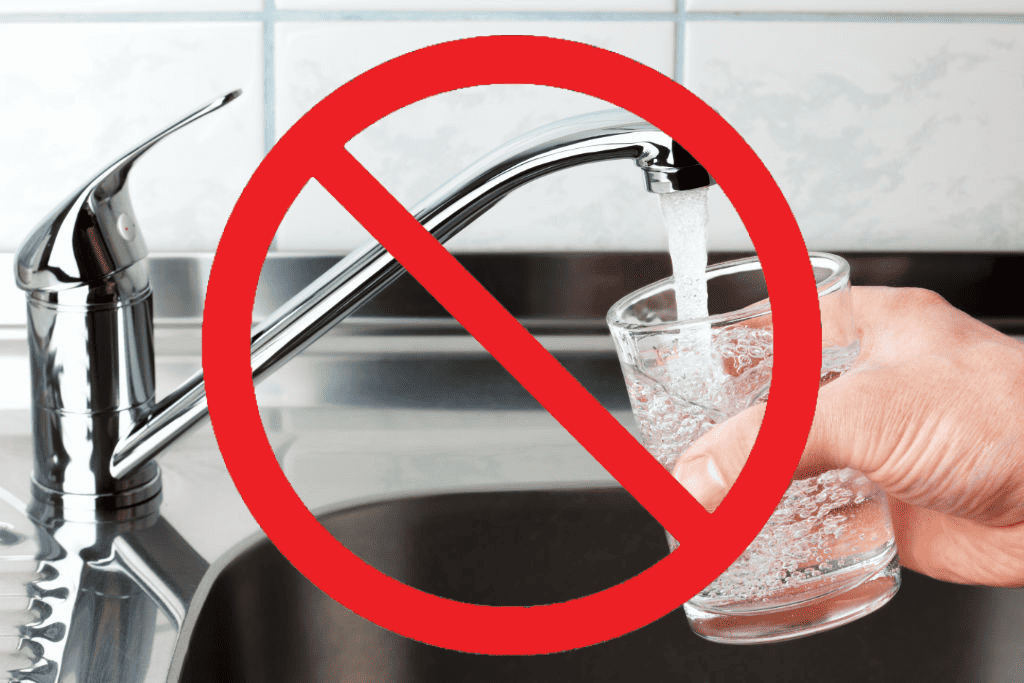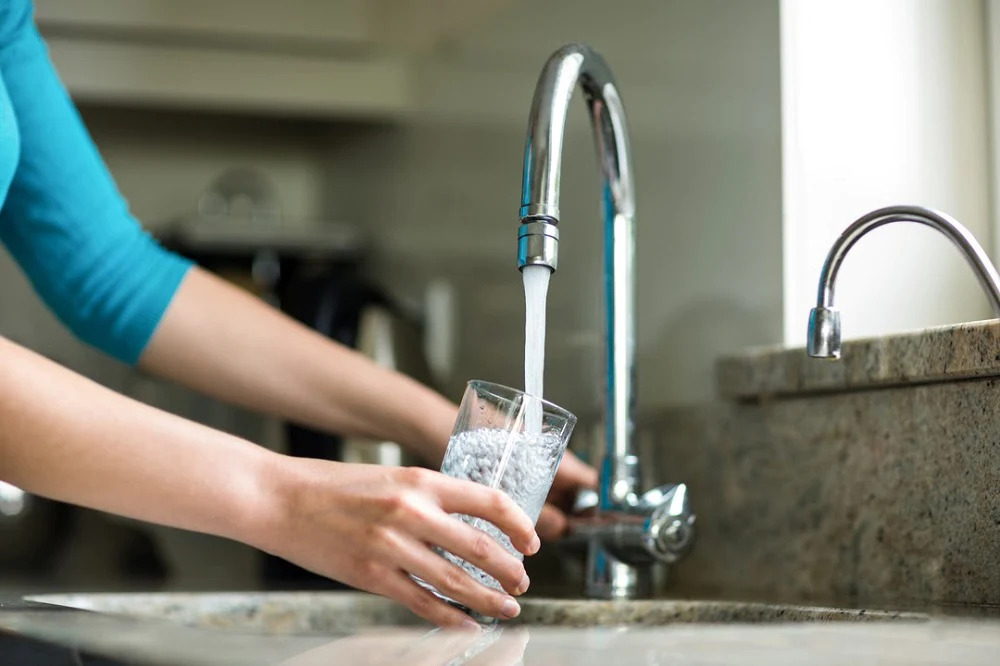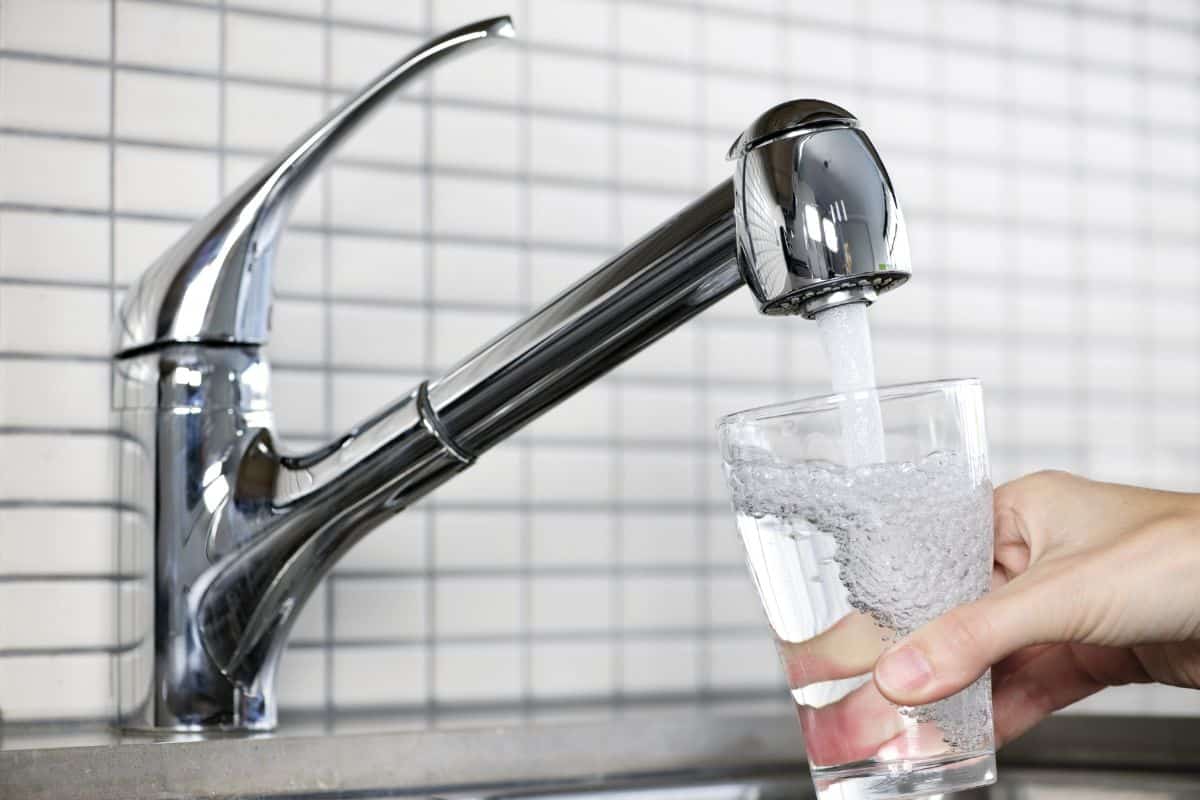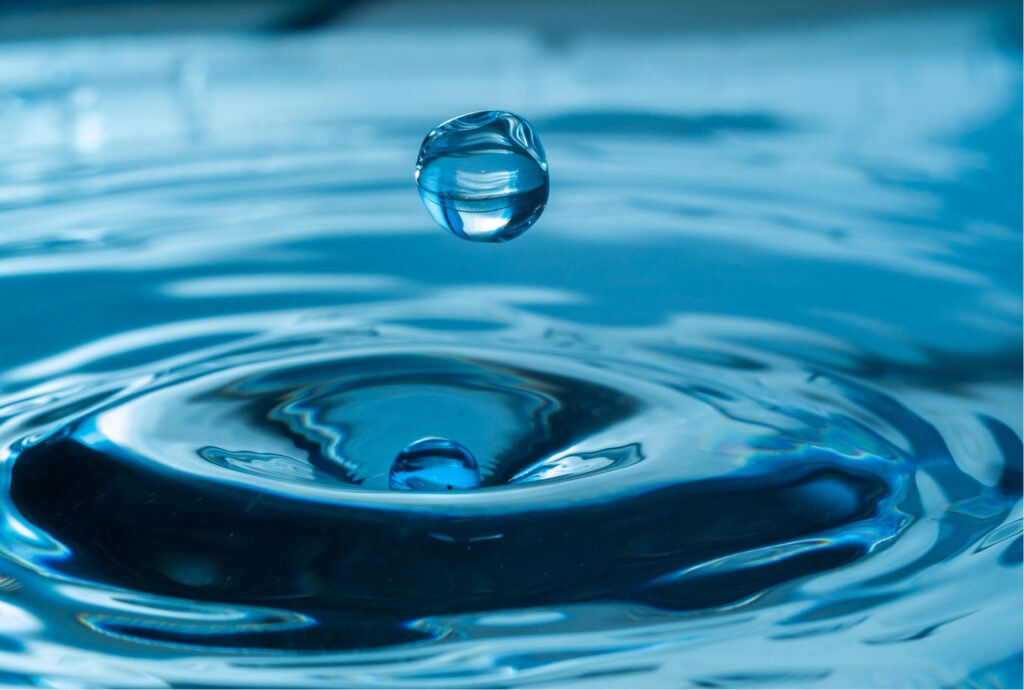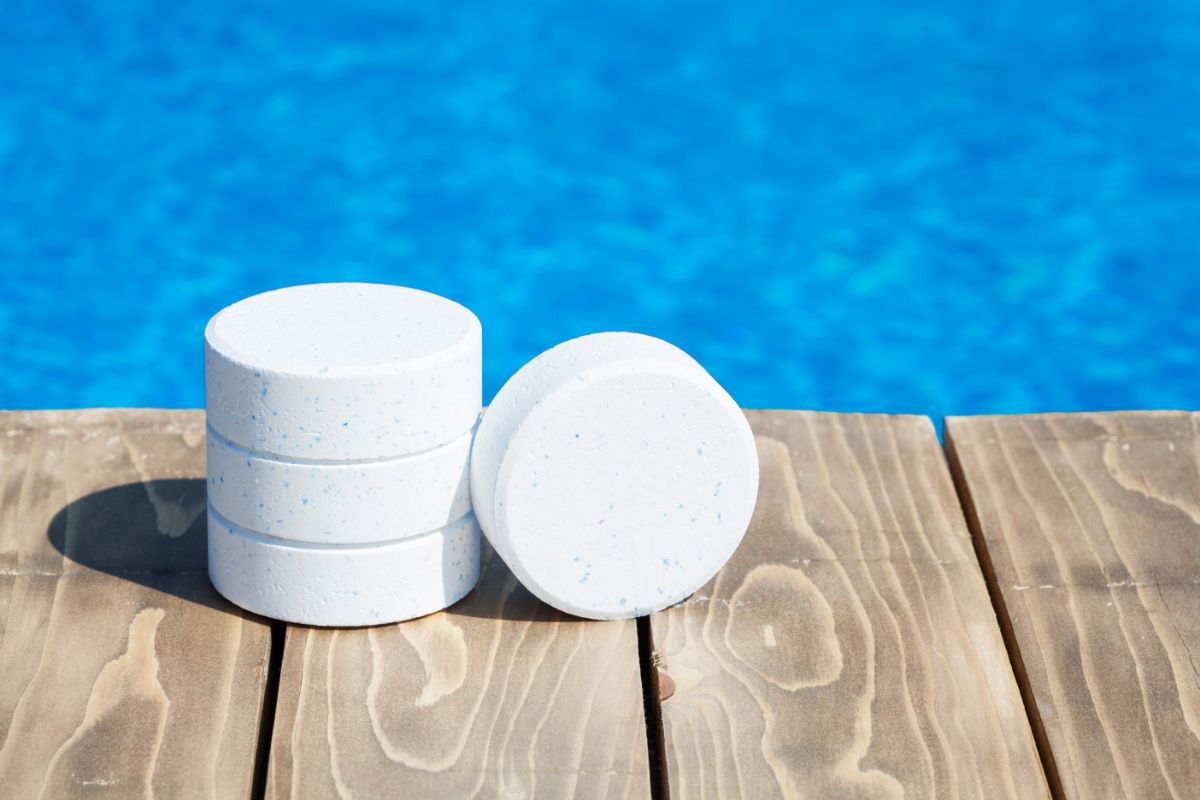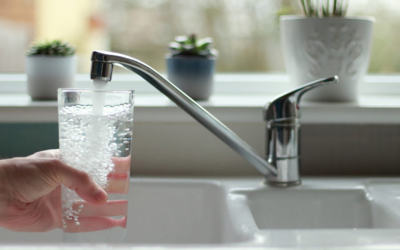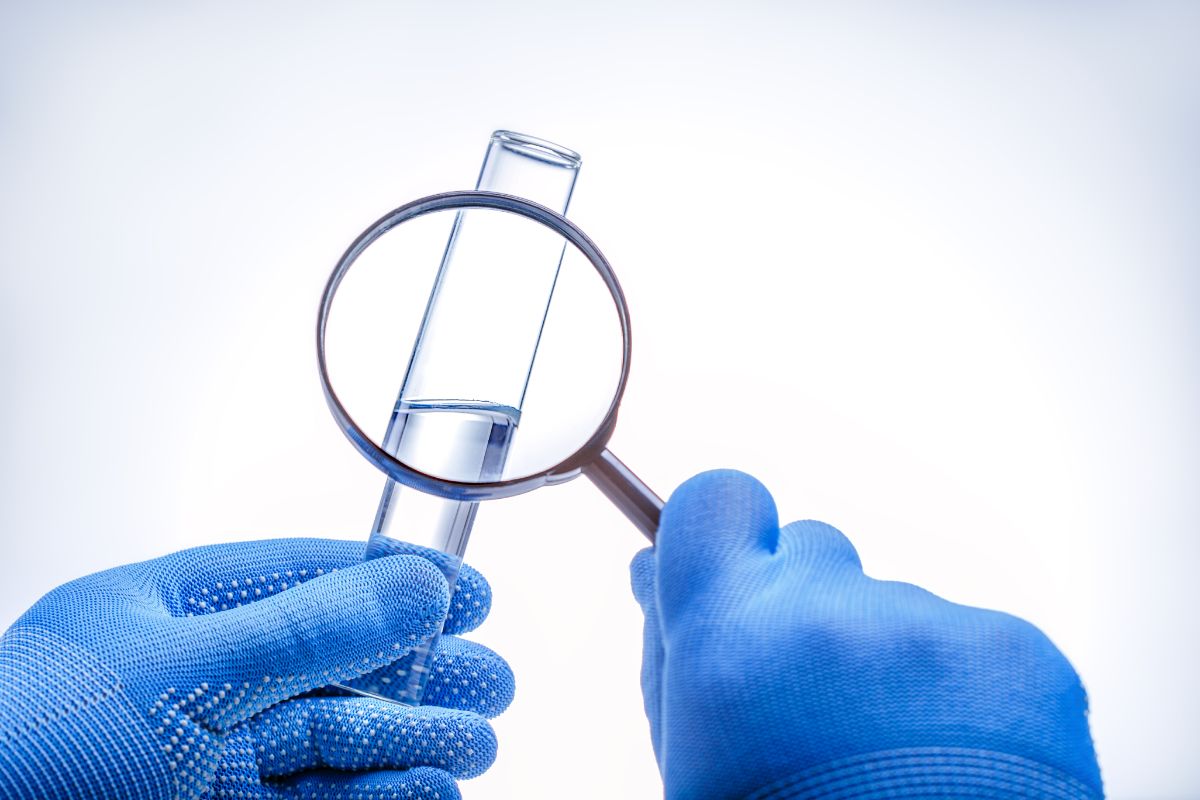Most of the time, in the majority of U.S. cities, people don’t have to worry about whether or not they can drink tap water. The infrastructure in the U.S. is set up to provide safe drinking water to almost all communities. So, if you wonder if Orlando tap water is safe to drink, or most locations in the United States the answer is usually yes. But sometimes, a water advisory is issued because something has occurred that has made the tap water unsafe to drink. For example, a natural disaster like a hurricane can occur near Orlando, Florida, affecting drinking water quality. Here’s what to do if you receive such an advisory.
Contents
Tier 1 water contamination
Tier 1 water contamination events are the most serious water advisories and your local government should broadcast notification of this advisory through the media within 24 hours of the contamination’s occurrence. As such, you will hear that you should not drink your tap water without taking further steps on the television, radio, and social media.
The conditions under which a Tier 1 advisory must be issued include the presence of E. Coli, chlorine dioxide MRDL, enterococci, or coliphage, or the exceedance of the nitrate MCL levels. Additionally, there may be other hazardous situations that result in your water governance agency declaring a water advisory. For example, a company accidentally spills a substance into your upstream water source.
Water advisories apply to most tap water usages
Sometimes, when people get a water advisory for their area, they understand that they can’t drink the water, but they forget that there are many other things that they use tap water for that they should refrain from doing during the advisory period. For instance, you should not wash your dishes, brush your teeth, wash or prepare food, wash your hands, make ice, or make a baby formula using contaminated tap water.
There are usually no restrictions on washing your clothes or bathing (except for washing your hands) when there’s a water advisory since you aren’t ingesting the water during these activities. Adding a capful of bleach when you do laundry during an advisory may give you a little bit more peace of mind, but it’s not necessary. If you have a young child who might get water in their mouth while bathing, it is suggested that you give that child sponge baths for the duration of the advisory.
Boiled or bottled water
The Centers for Disease Control (CDC) recommends that you boil tap water or use bottled water during a water advisory to ensure it is safe to drink. Bring the water to a rolling boil and boil it for at least one minute. If you are at an elevation of 6,500 feet or higher, boil the water for a minimum of three minutes. This will kill all harmful parasites, bacteria, and viruses that are in the water so that you will not get a gastrointestinal illness from the water.
You can boil water, allow it to cool, and store it in clean, sanitized containers for use later. If you aren’t able to boil the water, there are chemicals you can use to sanitize the water, including bleach, but be sure to follow manufacturer recommendations to ensure you use the right concentration to make your tap water safe to drink.
Where can I find out if a water advisory is issued?
Each state in the US has a government body or environmental protection agency responsible for issuing an advisory. While any water quality issues would normally be announced through media outlets, you can check yourself for the details.
For example, if you were concerned about drinking water quality in Seattle, then you can head to the Washington Department of Health to see active alerts.
Here are some relevant authorities in other states.
- New York State Department of Health – Drinking Water: https://www.health.ny.gov/environmental/water/drinking/
- Texas Commission on Environmental Quality: https://www.tceq.texas.gov/drinkingwater/drink_water_watch.html
- Florida Department of Environmental Protection: https://floridadep.gov/water/drinking-water
- California State Water Resources Control Board: https://www.waterboards.ca.gov/drinking_water/
- Illinois Environmental Protection Agency: https://www2.illinois.gov/epa/topics/water-quality/drinking-water
Conclusion
We are fortunate to live in a country that offers clean tap water to drink most of the time. But on those rare occasions when it’s not safe to drink. Use these tips to ensure you remain healthy during a water advisory.
